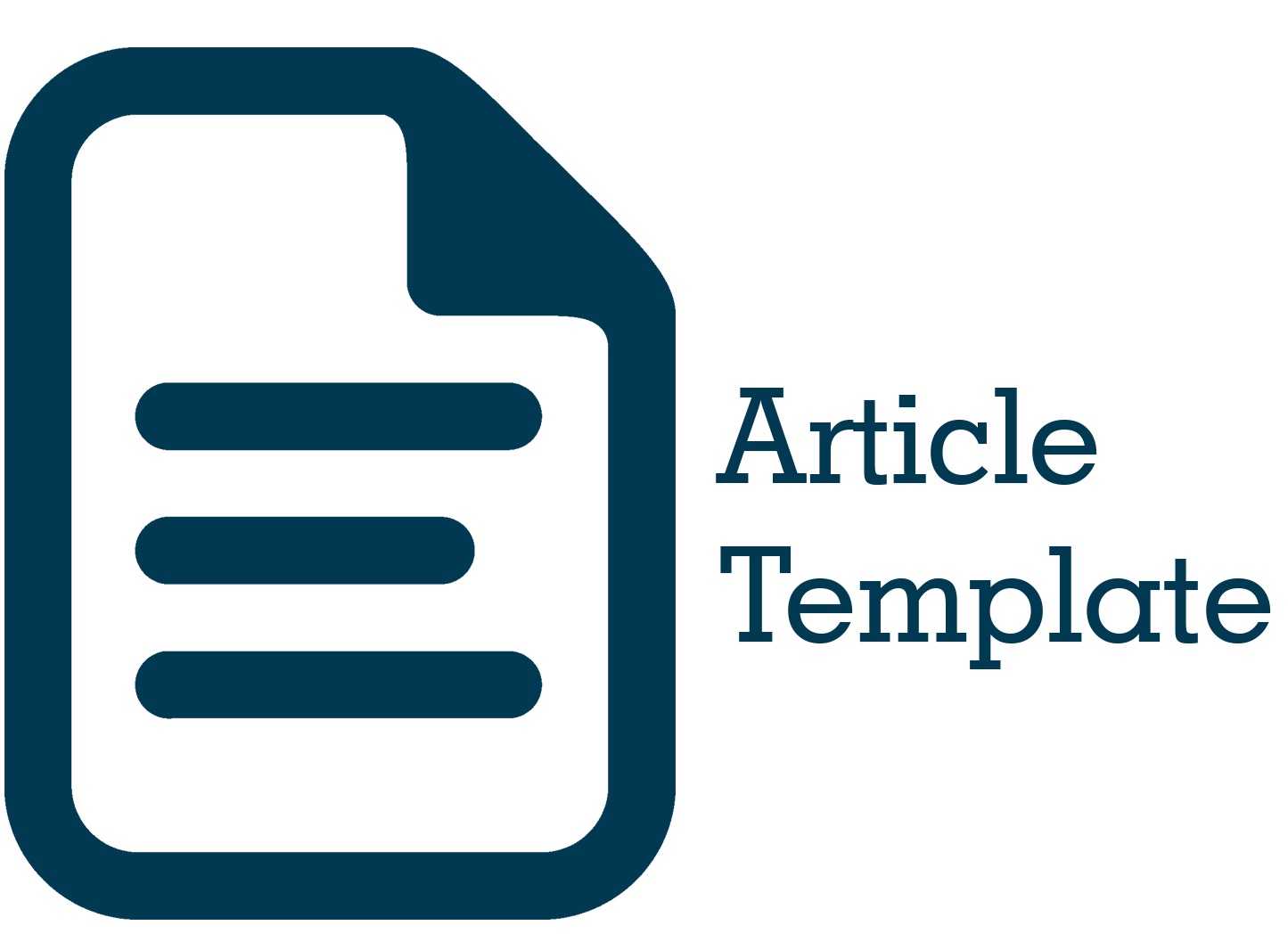Analysis of Tourism Development Strategies on Banda Island (Mix Methods Approach)
DOI:
https://doi.org/10.51135/PublicPolicy.v6.i1.p31-48Keywords:
Tourism Development, Tourism, Banda Island, Growth Oriented StrategyAbstract
This study aims to identify tourist attractions on Banda Island and analyze their strengths, weaknesses, opportunities, and threats to formulate appropriate development strategies. Employing a qualitative research approach, the findings reveal three main categories of tourism on Banda Island: historical tourism, cultural tourism, and marine tourism. Among these, historical and marine tourism are the most frequently visited, comprising six and seven tourist sites, respectively, making them significant attractions within Maluku Province. The analysis identifies four strengths, five weaknesses, three opportunities, and four threats influencing the development of Banda Island’s tourism sector. Moreover, the government plays a pivotal role in fostering tourism development on the island. Based on the findings, an aggressive, growth-oriented strategy is recommended as the most suitable approach for advancing Banda Island’s tourism industry.
Downloads
References
Ahmadi, R. (2014). Metodologi Penelitian Kualitatif (Cetakan Pe). Ar-Ruzz Media.
Akhmad Tantowi, Barudin, E. S. (2016). Neraca Satelit Pariwisata Nasional.
Aliansyah, H., & Hermawan, W. (2021). Peran Sektor Pariwisata Pada Pertumbuhan Ekonomi Kabupaten/Kota di Jawa Barat. Bina Ekonomi, 23(1), 39–55. https://doi.org/10.26593/be.v23i1.4654.39-55
Antara. (2022). Melongok Upaya Wujudkan Pulau Banda Destinasi Wisata Nasional,. Antara.
Bahaire, T., & Elliott-White, M. (1999). he Application of Geographical Information Systems (GIS) in Sustainable Tourism Planning: A Review. Journal of Sustainable Tourism, 7(2), 159–174. https://doi.org/10.1080/09669589908667333
Bunruamkaew & Murayama. (2012). Land Use and Natural Resources Planning for Sustainable Ecotourism Using GIS in Surat Thani, Thailand. Sustainability, 4(3). https://doi.org/10.3390/su4030412.
Chhetri, P., & Arrowsmith, C. (2008). GIS-Based Modelling of Recreational Potential of Naturebased Tourist Destinations. Tourism Geographies, 10(2), 233–257. https://doi.org/10.1080/14616680802000089
Creswell, J. W. (2013). Research Design: Pendekatan Kualitatif, Kuantitatif dan Mixed (Pendekatan). Pustaka Pelajar.
Dredge & Jamal. (2015). Progress in Tourism Planning and Policy: A Post-Structural Perspective on Knowledge Production. Tourism Management, 5(1). https://doi.org/10.1016/j.tourman.2015.06.002
Endarwita. (2021). Strategi Pengembangan Objek Wisata Linjuang Melalui Pendekatan Analisis SWOT. Jurnal Ilmiah Edunomika, 5(1). https://jurnal.stie-aas.ac.id/index.php/jie/article/view/2133/0
Hamin, D. I dan Pongoliu, Y. I. (2023). Analisis SWOT dalam Penentuan Strategi Pengembangan Wisata Pantai Taulaa. Jurnal Ilmiah Manajemen Dan Bisnis, Jambura, 6(2). https://ejurnal.ung.ac.id/index.php/JIMB/article/view/19798
Hermawan, H. (2017). Pengembangan Destinasi Wisata pada Tingkat Tapak Lahan dengan Pendekatan Analisis SWOT. Jurnal Pariwisata, 4(2), 64–74. https://ejournal.bsi.ac.id/ejurnal/index.php/jp/article/view/1942
Kementerian Pariwisata dan Ekonomi Kreatif. (2013). Pengembangan Kepariwisataan dan Ekonomi Kreatif Nasional 2013.
Nunkoo, R., & Gursoy, D. (2012). Residents’ support for tourism: An Identity Perspective. Annals of Tourism Research, 39(1), 243–268. https://doi.org//10.1016/ j.annals.2011.05.006
Nurlette, N. A., Ramly, F., Matitaputty, I. T., & Sangadji, M. (2024). Strategy for Developing Integrated Marine Transportation in the Banda Island Tourism Area (Process Hierarchy Analysis Approach). Journal of Tourism Economics and Policy, 4(2), 128–138.
Rencana Induk Kepariwisataan Nasional Tahun 2010-2025, (2011).
Rosalina, D., Sabilah, A. A., Arafat, Y., Amiluddin, M., & Syamsul, A. S. D. (2023). Abundace and Potential of Megabenthos in The Banda Sea Waters Tourism Park in Lonthoir Village, Banda Island, Central Maluku. Jurnal Kelautan: Indonesian Journal of Marine Science and Technology, 16(3), 222–230. https://journal.trunojoyo.ac.id/jurnalkelautan/article/view/22140
Salouw, E. (2021). Implementasi Peran Stakeholders dalam Pengembangan Pariwisata (Studi Kasus pada Kepulauan Banda). Jurnal Pariwisata Pesona, 6(1), 81–94. https://jurnal.unmer.ac.id/index.php/jpp/article/view/5543/pdf
Swarbrooke. (1996). Pengembangan Pariwisata. Gramedia Pustaka Utama.
Tripkovic Markovic, A. (2010). Tourism Planning: Contribution of Tourism To Socio-Economic Development of Montenegro. Tourism and Hospitality Management. https://www.proquest.com/docview/763422513/4F91CEB243849AFPQ/4?sourcetype=Scholarly%20Journals
Wattimena, M. A., Surijadi, H., Amin, M., Musa, M. N. D., & Hatuwe, R. S. M. (2024). Implementation of Participatory Community Tourism Development Model. Journal of Business Application, 3(1 SE-Articles), 32–43. https://doi.org/ 10.51135/jba.v3.i1.p32-43
White, V., G. Mc Crum, K.L. Blackstock, and A. S. (2006). Indicator and Sustainable Tourism: Literature Review. The Macaulay Institute: Aberdeen. https://macaulay.webarchive.hutton.ac.uk/ruralsustainability/LiteratureReview.pdf

Downloads
Published
How to Cite
Issue
Section
License
Copyright (c) 2025 author(s)

This work is licensed under a Creative Commons Attribution-ShareAlike 4.0 International License.
Authors whose manuscripts are published in the Journal of Public Policy must agree to the following terms;
- Publication rights for all manuscript materials published are held by the editorial board with the author's consent.
- The legal formalities for digital access to the Journal of Public Policy are subject to the Creative Commons Attribution Sharealike (CC BY SA) license, which means the Journal of Public Policy has the right to store, redistribute, reformat, manage in a database, maintain, and publish the manuscript without seeking permission from the author as long as the author's name is included as the copyright owner.
- Published manuscripts are open access for the purpose of disseminating research results. Besides this purpose, the editorial board is not responsible for copyright law violations.


.png)



